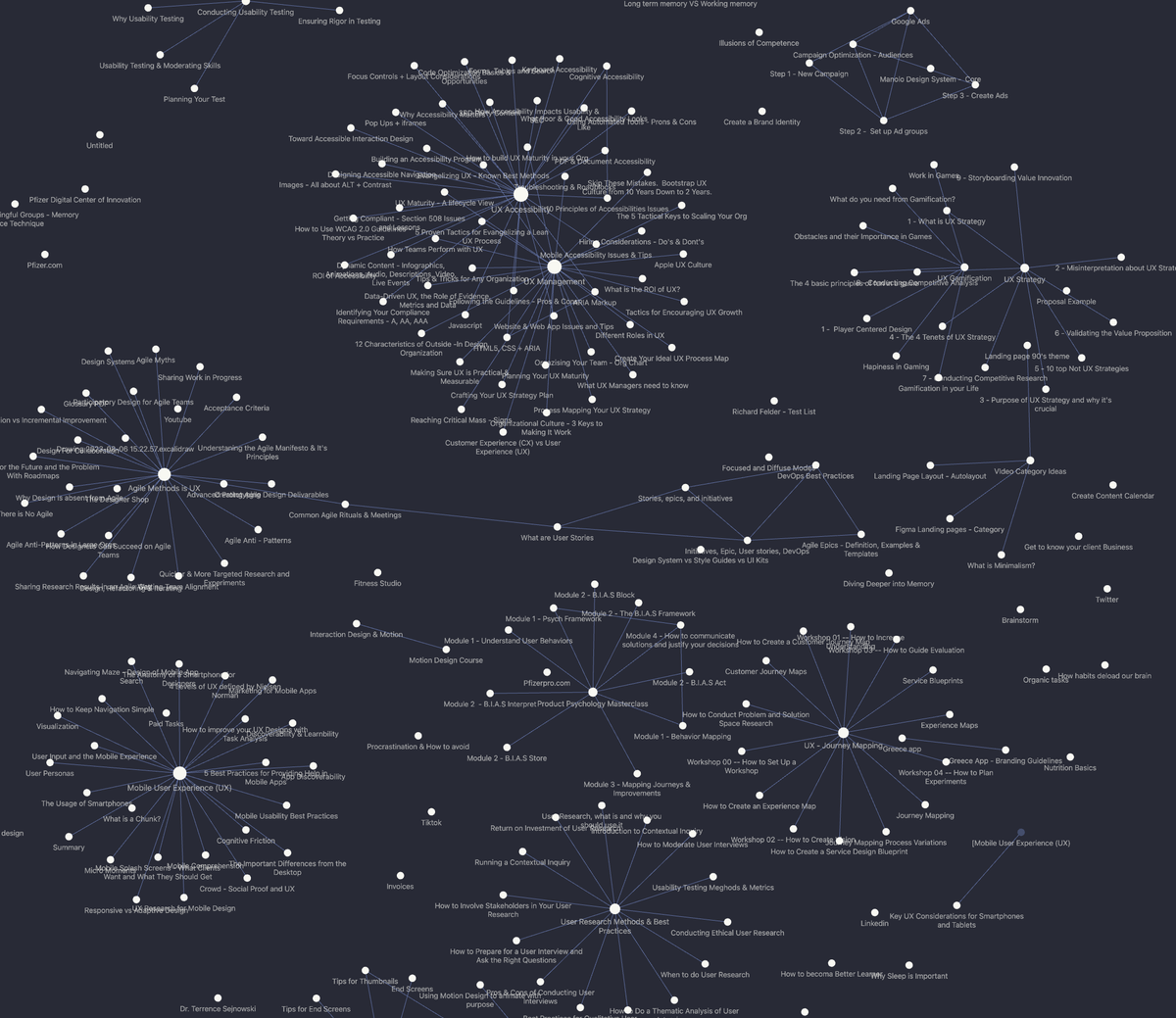Organize your Life - Building a Second Brain

Your brain is great for having ideas, not for storing them. - David Allen
Introduction
If you think that the secret to being more effective at things is to store as much information as you can, then you might have to think again. Today, information is easier to reach than ever before, but a large volume of it can cause us to forget almost everything we see daily. The concept of the second brain has been gaining popularity in recent years as people strive to increase productivity and better manage their lives.
What is the Second Brain
A "second brain" is a conceptual framework and methodology designed to enhance cognitive capabilities by leveraging modern technology and networks to store, organize, and retrieve valuable information and insights acquired through personal experiences.
In simpler terms, a second brain is like a digital notebook—an external storage system that helps you enhance your thinking, boost creativity, and easily manage the connections and growth of your learnings from life experiences in the digital age.
Benefits of utilizing a Second Brain
Building a second brain with the right tools can give you superpowers. The most important benefit except the following is the ability to grow your knowledge on a topic and connect similar notes between them. Let's see some other benefits you get out of building a second brain:
Enhanced Memory and Organization
A second brain allows you to store and organize information systematically, acting as an external memory bank. This helps in recalling important details, ideas, and insights when needed, reducing the cognitive load on your primary memory.
Increased Productivity and Creativity
By externalizing your thoughts and ideas in a second brain, you free up mental space for more creative thinking. The organized structure enables you to retrieve relevant information efficiently, fostering innovation and boosting overall productivity.
Efficient Knowledge Management
With a second brain, you can categorize and tag information, making it easy to retrieve specific details. This facilitates efficient knowledge management, enabling you to build a repository of insights, lessons, and valuable content that grows over time.
Seamless Collaboration and Sharing
Many second brain tools offer collaboration features, allowing you to share and collaborate on ideas with others. This fosters teamwork, enhances collective knowledge, and ensures that valuable information is not confined to individual silos.
Adaptability and Accessibility
A second brain adapts to your evolving needs and is accessible from various devices. This flexibility ensures that your stored information is available whenever and wherever you need it, supporting continuous learning and adaptation.
How to build a Second Brain
There are many different tools out there to capture notes and categorize them. I have tried most of them and the best option for all of my cases was Obsidian tool. Obsidian is the private and flexible writing app that adapts to the way you think, which means that are many different ways to set up, store and connect your notes. But what makes Obsidian better than other alternatives?
Advantages
- Back linking: This functionality allow you to connect different notes from even different topics and be able to never miss what you are looking for.
- Data graph visualization: Linking your notes can create a big "universe" graph of your notes which is another option to have a high level overview and better understand how big is your knowledge on a topic and how some topics or notes connect.
- Data Relationship: Connecting notes using Back Linking as we previously referred can turned out to be very insightful since your are in position to understand how different things of your knowledge connect and allow you to think out of the box identifying things you couldn't before.
- Community: There is a big community building additional tools that you can install, where all of them are focused on personal knowledge management.
In the following article we will break down how obsidian works and how to create and connect your first notes 😎
Conclusion
Essentially, developing a second brain is about empowering ourselves in the digital age rather than merely being interested in technology. It works as a personal thinking assistant, boosting memory, creativity, and efficiency. By organizing our insights and experiences, it becomes a valuable tool for adapting to life's constant changes. Creating a second brain is more than a tech trend; it's a human-centric strategy for staying agile, innovative, and connected in today's fast-paced world.


